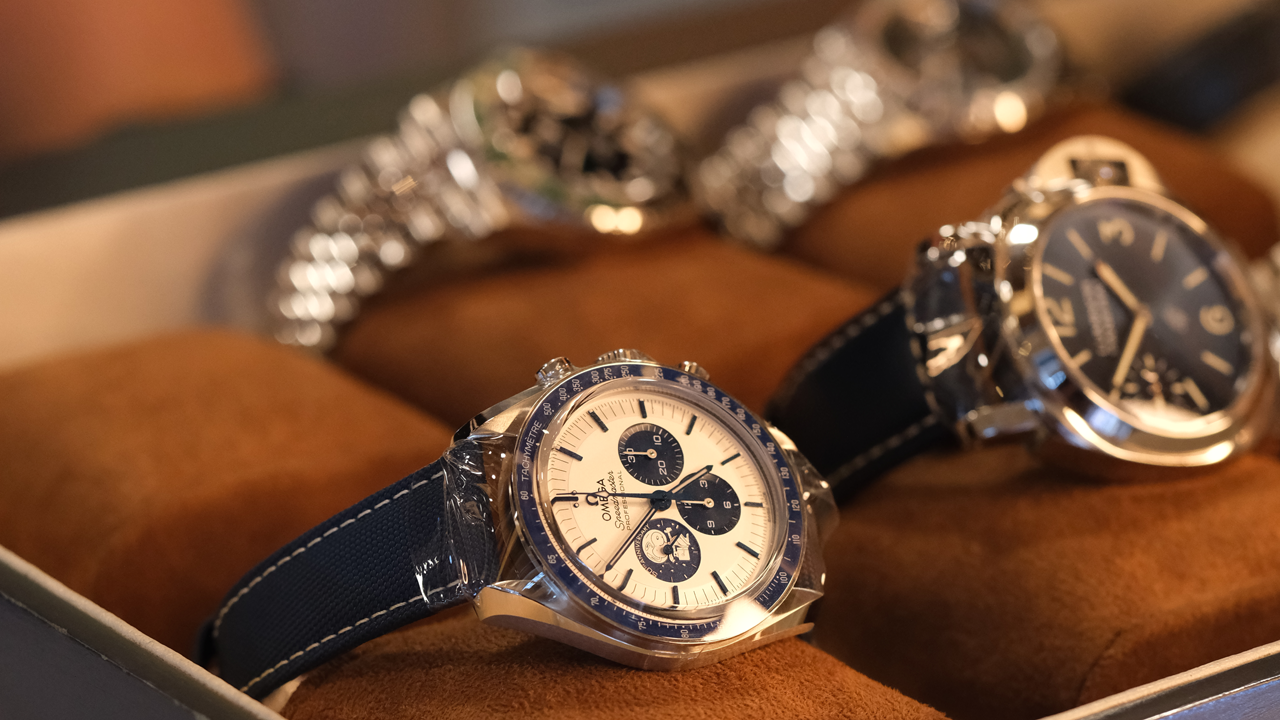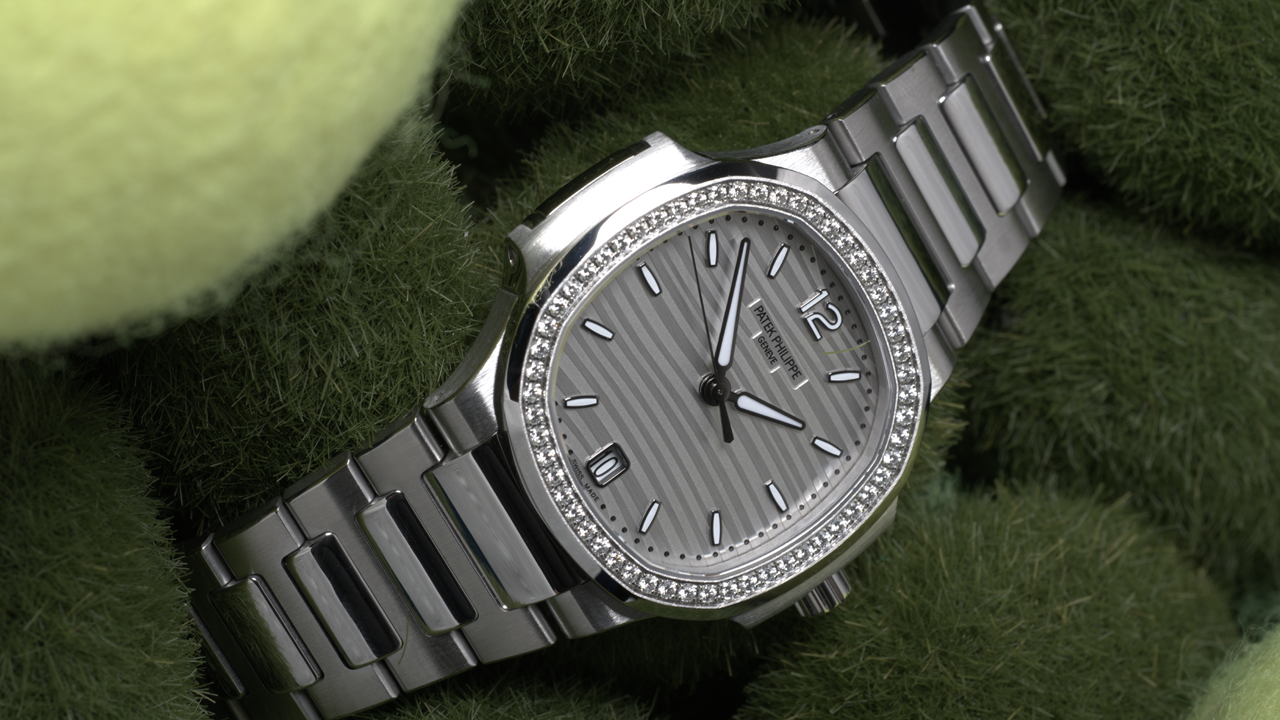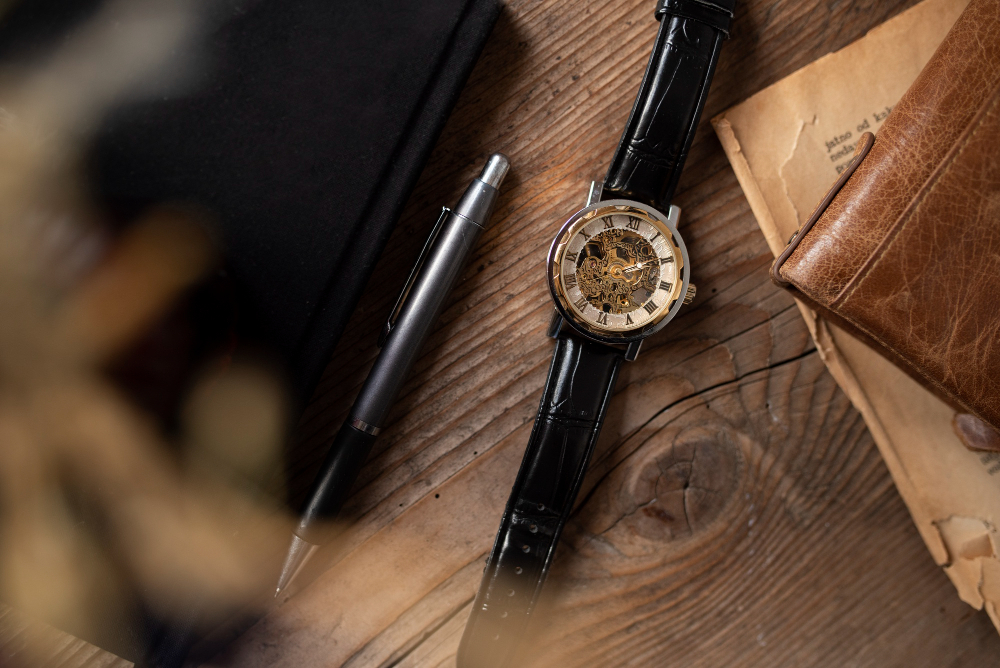Wondering how to get moisture out of a watch? Whether it’s a foggy crystal or a water-exposed crown, even a hint of condensation can be harmful to your timepiece.
Taking prompt and careful action can prevent corrosion, preserve accuracy, and avoid costly repairs. If you’re wondering how to fix your watch when moisture gets inside, read on to find out more.
Read More: How to Regulate a Watch Without Ruining It: A Step-by-Step Guide
Table of Contents
ToggleWhy Is There Moisture in My Watch?
Moisture inside a watch is often the result of sudden changes in temperature or humidity, such as moving from cold weather into a warm room, or exposing the watch to steam from a shower or kitchen.
This can cause condensation to form beneath the crystal, especially if the seals are worn out or the case has been compromised.
Surprisingly, this issue can happen even with watches labeled as “waterproof” or water-resistant, particularly if the crown wasn’t fully secured or the gaskets have aged over time.
While modern watches are built to withstand daily exposure, they’re not immune to moisture buildup under the right (or wrong) conditions.
Step-by-Step: How to Remove Moisture from a Watch Safely
If you notice fog under your watch crystal or suspect moisture has entered the case, it’s important to act quickly, but carefully.
Removing moisture from a watch isn’t as simple as wiping the surface. It requires a methodical approach to prevent further damage. Here’s how to safely remove moisture at home while minimizing risk to the movement and components.
1. Remove the watch from your wrist
The first thing to do is take the watch off immediately. Continued contact with your body heat and moisture from your skin can worsen condensation inside the case.
Lay the watch flat on a dry surface with the caseback facing down, allowing air to circulate more freely around it.
2. Dry the exterior gently
Use a clean, dry microfiber cloth to carefully wipe down the case, crystal, and strap. This prevents any external moisture from seeping further into the watch and helps you assess whether the fog is internal or just surface-level condensation.
Avoid applying too much pressure, especially if the watch has visible openings or compromised seals.
3. Use silica gel or dry rice
Place your watch in a sealed container filled with silica gel packets or uncooked dry rice, both are effective at drawing out moisture. Leave the watch inside for at least 24 to 48 hours.
Ensure the crown is pulled out (if the watch allows), which may help moisture escape more easily. Avoid using heat sources like hairdryers or ovens, as excessive heat can damage the movement or warp delicate components.
4. Observe the results
After 1-2 days, check the watch for signs of improvement. If the condensation has cleared and the watch appears to be functioning normally, you may have resolved the issue.
However, if the fog returns or if the watch has stopped ticking, internal components may still be affected by moisture and require professional servicing.
5. Have it inspected by a professional
Even if your watch appears dry, internal corrosion may have already begun, especially in mechanical movements.
To ensure your timepiece is fully protected and functioning correctly, it’s always best to bring it to a trusted watch specialist. A professional can open the case, clean the movement, and reseal the watch to restore its integrity.
What If It’s a Waterproof Watch?
Even waterproof watches can fog up, and it often comes as a surprise to many owners. While water resistance offers protection against splashes and submersion, it doesn’t make a watch immune to condensation.
Temperature changes, steam exposure, or an aging rubber gasket can still allow moisture to enter the case, especially if the crown or caseback isn’t properly sealed.
It’s also worth noting that “waterproof” doesn’t mean invincible. Over time, seals degrade, casebacks loosen, and resistance ratings can drop, especially if the watch hasn’t been pressure-tested or serviced regularly.
If your water-resistant watch begins to fog or shows signs of moisture, it’s best to treat it with the same urgency as any other watch and have it inspected by a professional to prevent long-term damage.
Can I Open the Case Back Myself?
While it may be tempting to open the case back yourself to remove moisture or inspect the movement, doing so is generally not recommended unless you have the proper tools and experience.
Most modern watches, especially luxury or water-resistant models, require specialized case openers and sealing techniques to ensure no damage is done to the case, gaskets, or crystal.
Opening the case improperly can compromise the watch’s water resistance, introduce dust or debris into the movement, or even scratch delicate components.
Unless you’re a trained watch technician, it’s safer to leave this step to professionals who can inspect, dry, and reseal your watch correctly.
When to Take Your Watch to a Professional
If moisture remains after basic drying methods, or if your watch shows signs like persistent fogging, loss of power, or unusual ticking, it’s time to consult a professional.
Internal components, especially in mechanical movements, are sensitive to even small amounts of water and can corrode quickly if left untreated.
Knowing how to get moisture out of a watch is essential for preserving both its performance and longevity, but some cases require more than home remedies. If moisture lingers or you suspect internal damage, it’s best to seek professional help before the issue worsens.
You can always rely on Luxehouze for expert watch servicing, whether it’s drying the movement, restoring functionality, or resealing the case. Luxehouze ensures your watch receives the care it deserves.
And if you’re looking to expand your collection, Luxehouze also offers a wide range of 100% authentic luxury watches at the best prices. Visit Luxehouze today to explore more or read the Luxehouze Blog for trusted insights into the world of fine timepieces.















